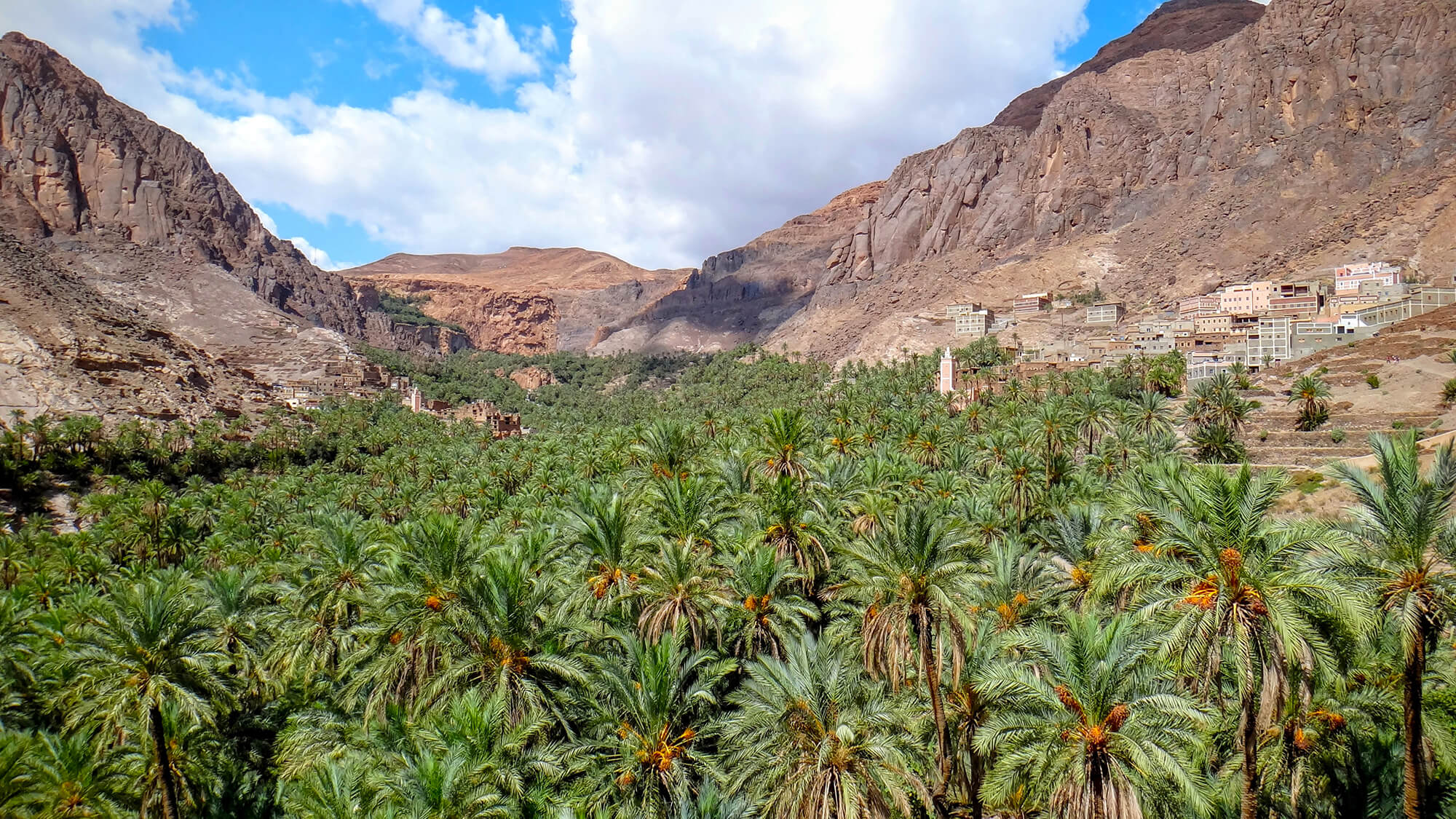While many first-time visitors to Morocco tend to flock to the big cities or take Sahara Desert treks, there are many small towns throughout the country that are often overlooked. Each town has its own unique charm and local history full of fascinating cultural treasures and genuinely, hospitable locals who will likely invite you into their homes to swap stories over a pot of delicious mint tea. Here are three towns that are sure to delight and fascinate plus a chance to experience more of Morocco’s natural wonders.
Larache
Larache is a cultural treasure in its own right. This beauty by the bay is a modern, seaport town located on Morocco’s Atlantic coast. Beyond the ancient city’s walls are buildings that reflect Moorish and Andalusian architectural influences. Overlooking the harbor, you will discover 17th-century Spanish artillery towers that are part of the Fort Al Kabibat that you can climb around and explore the interior. Larache is an easy day trip from Tangier with much to discover about the culture of Morocco.
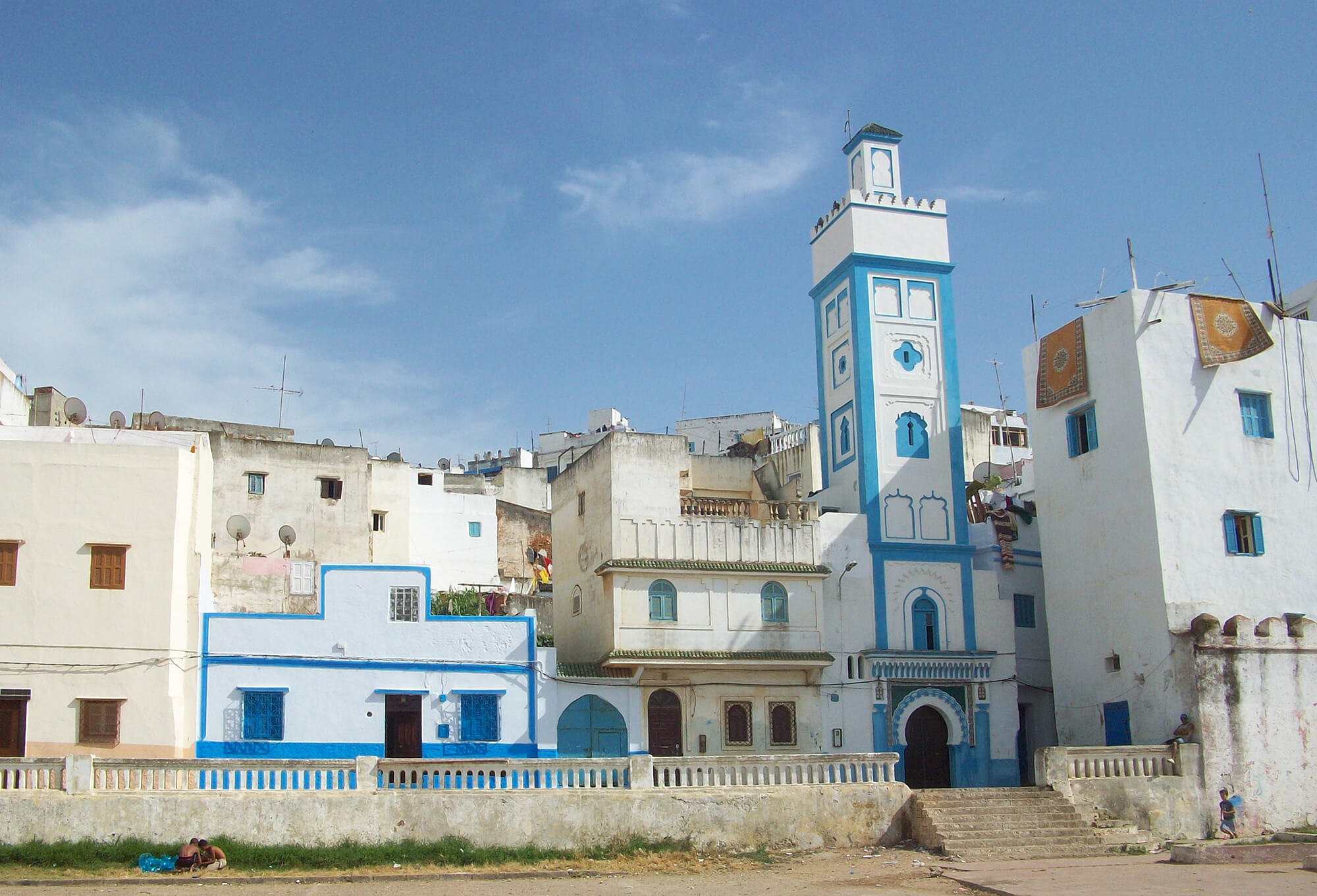
Visit the ancient Roman ruins of Lixus, Morocco’s oldest archaeological site that has been inhabited since prehistoric times. Located just 5.5 km northeast of Larache on the banks of the Loukkos River, you won’t want to miss this golden opportunity to explore this deeply historical site surrounded by picturesque scenery.
From the Phoenicians to the Carthaginians and the Romans, Lixus has a plethora of ruins to explore. There are temples, Roman baths, sanctuaries, a cistern, and a citadel along with some yet to be restored mosaics. The majority of Lixus has yet to be excavated as currently around only 10% of the site has been excavated from the 1940-60s. What has been recovered and restored so far can be seen on display at the Tetouan Museum.
What is truly remarkable is the ruins are open and unguarded so you can wander around carefree. You might just get lucky enough to have the entire place to yourself.
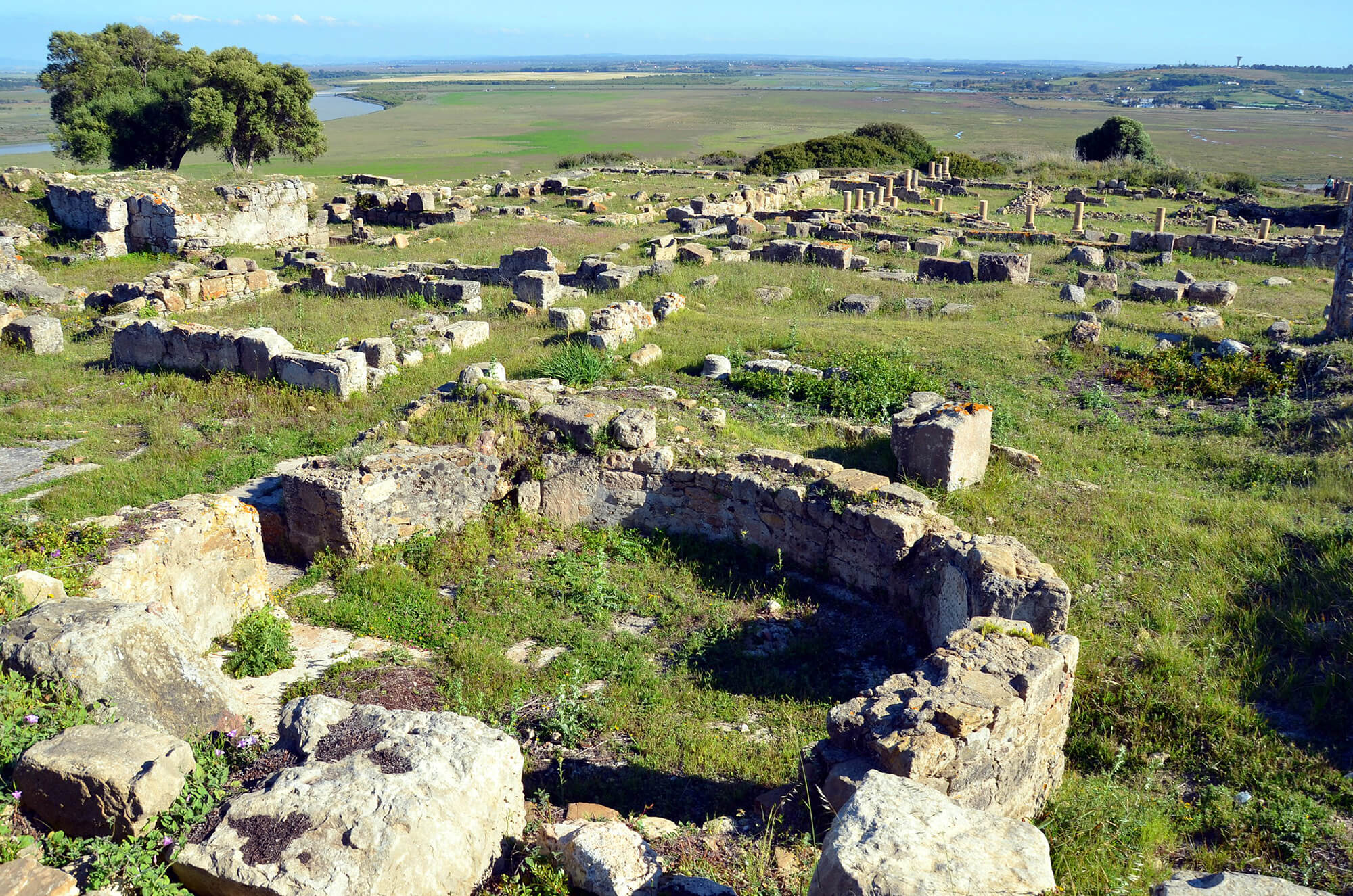
Larache boasts plenty of white sandy beaches that are near the city center like the popular Ras R’mel Beach. In recent years, many tourists, native and foreign, flock to the seashore to take in the wind and waves or go for a swim. Looking to break from the crowds, you can travel a short 7 km away from the town near the Loukkos Estuary where you will have plenty of space to soak up the sun. From public beaches to a luxury resort, whatever your fancy for a relaxing, ocean experience you are sure to find it here.
Galerie Afnar features an excellent contemporary photography collection and artworks by local artists. Stroll around the palm tree-lined Place de la Liberation and disappear into the medina through the majestic gateway of Bab el Khemis, a stunning example of Moorish architectural style. Writers and fans of French literature will appreciate a visit to French poet Jean Genet’s grave located in the old Spanish cemetery.
You can attend a midday mass at the Church of Our Lady Pilar, Iglesia de Nuestra Senora del Pilar, established in 1931 and one of Morocco’s few active, remaining churches.
Demnate
One of Morocco’s oldest towns lies hidden away in the foothills of the High Atlas Mountains and this incredible city feels a world away from Marrakech. The majority of the population here are Amazigh/Berbers who work the land and continue with their traditional way of life. Known for its stunning red clay that many local artisans use to make pottery and olive oil production that just happens to be the best in Morocco, Demante offers a bounty of natural beauty right at your fingertips.
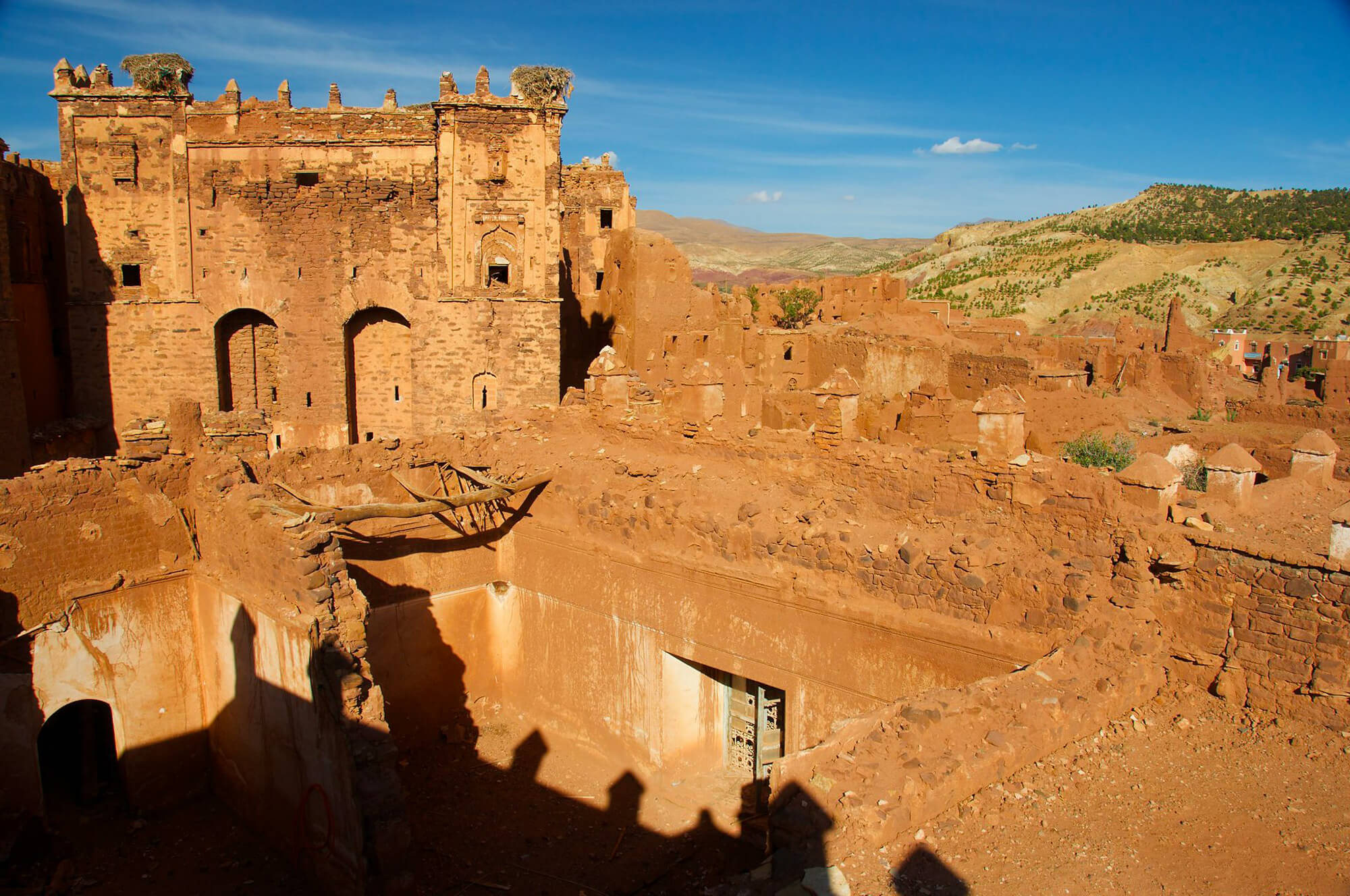
Just a short walk from the ancient city you will discover Imi-n-Ifri (meaning “Grotto’s Mouth” in Amazigh) a majestic, natural land bridge that reaches 70 meters in height with a phenomenal cave ready to be explored. Clearly marked paths make it an easy trail to navigate so you can spend more time admiring the natural wonders around you. There are also several natural springs and waterfalls throughout the area that you can easily hike to and experience. The scenic landscape that surrounds the city offers plenty of opportunities for hiking.
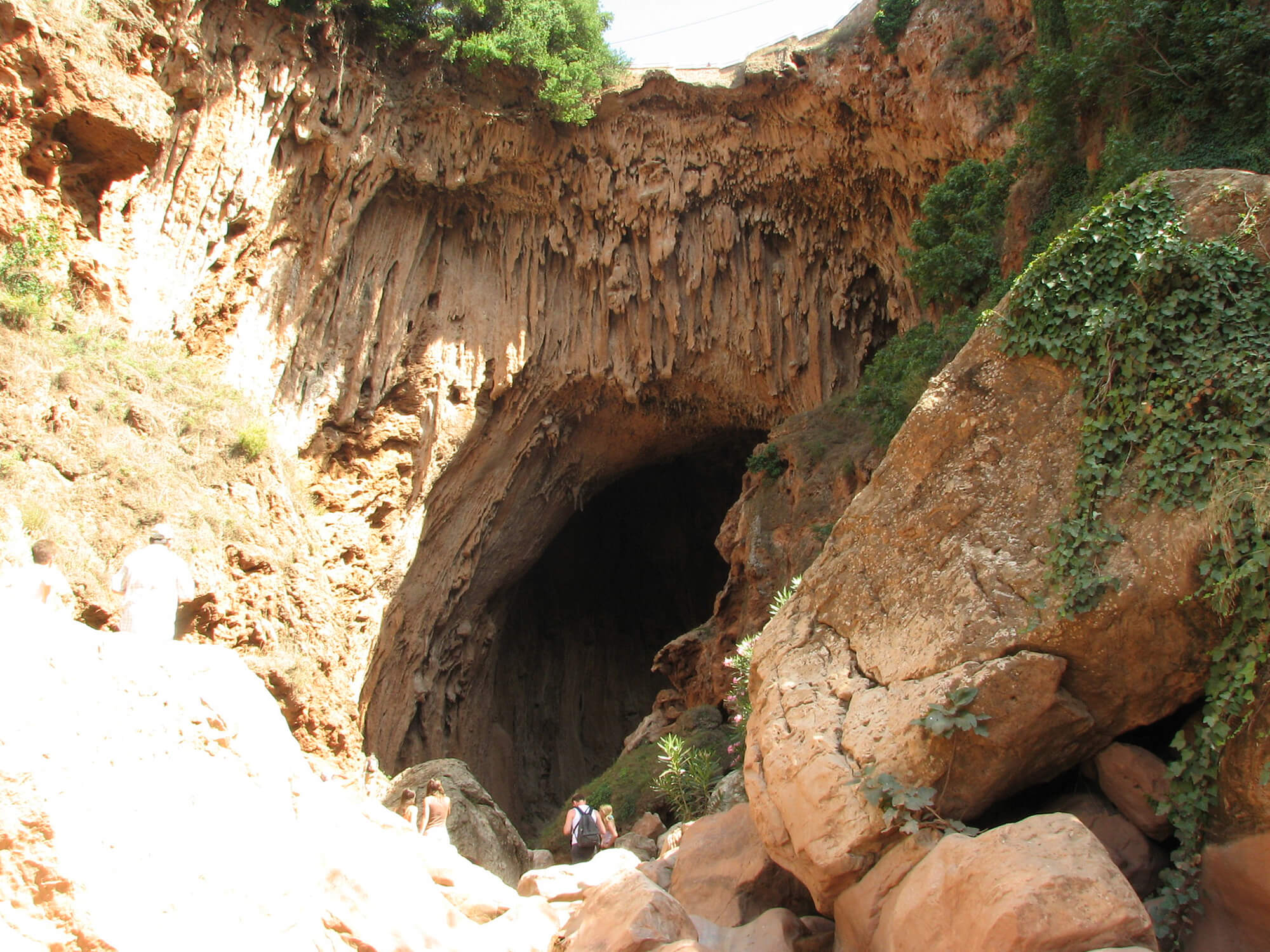
A historical site worth exploring is the fascinating Glaoui Kasbah/Telouet Kasbah. Once home to the wealthy and powerful El Glaoui Family, this magnificent, mud-brick structure was built during the 18th century. While parts of the complex have collapsed, some rooms still dazzle with their stunning decorations covering every inch of the chamber. Remember to take a peek outside the windows as you make your way around to take in amazing views of the landscape. As you’re out and about exploring the countryside, be on the lookout for prehistoric dinosaur footprints embedded in the red earth.
El Jadida
Looking to mingle with more natives than foreigners, then head to this easygoing port town on the Atlantic coast. Smack in the middle between Casablanca and Essaouira, El Jadida is a relaxing getaway from the big city life with still plenty to see and do. Since it’s located right on the coast, there are plenty of beaches to soak up sun rays or cool off in the ocean. Mazagan Beach offers plenty of opportunities for sports activities like surfing or a camel ride plus quad biking adventures to heighten your sunset experience.
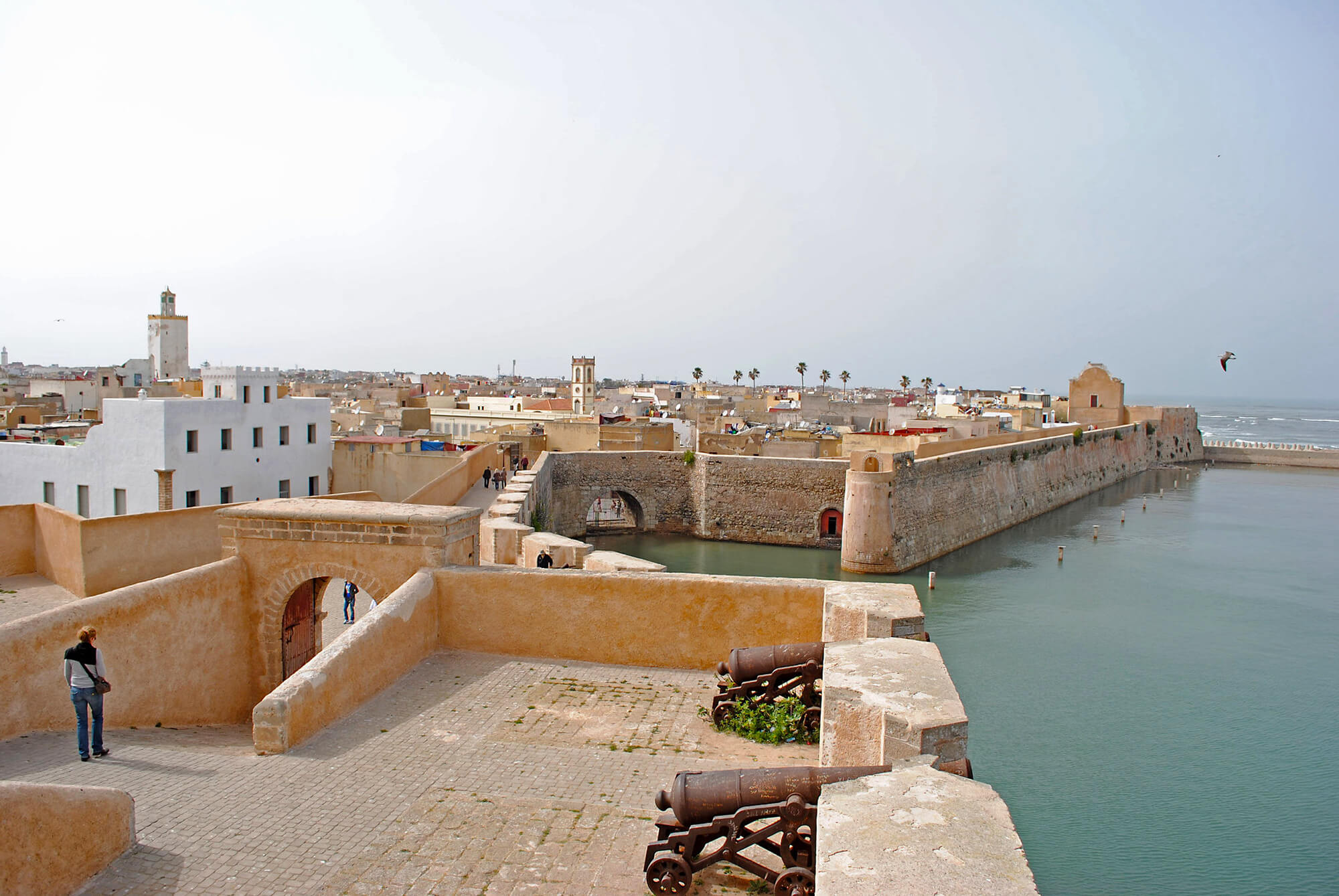
The Mazagan Fortress is an old Portuguese military fortress built during the 16th century and located in the oldest part of the city. You can stroll along the ramparts at sunset for some fantastic ocean views. The Portuguese Cistern is a spectacular structure with 25 pillars that support high, vaulted ceilings.
Built in 1514 for military purposes, this underground water reservoir is a cultural gem with a spooky atmosphere. Sunlight peeks through a hole in the roof and shadows reflect off the water adding to the eerie ambiance. Check out the cistern museum that is adjacent to the building to learn more about its history and the culture of Morocco.
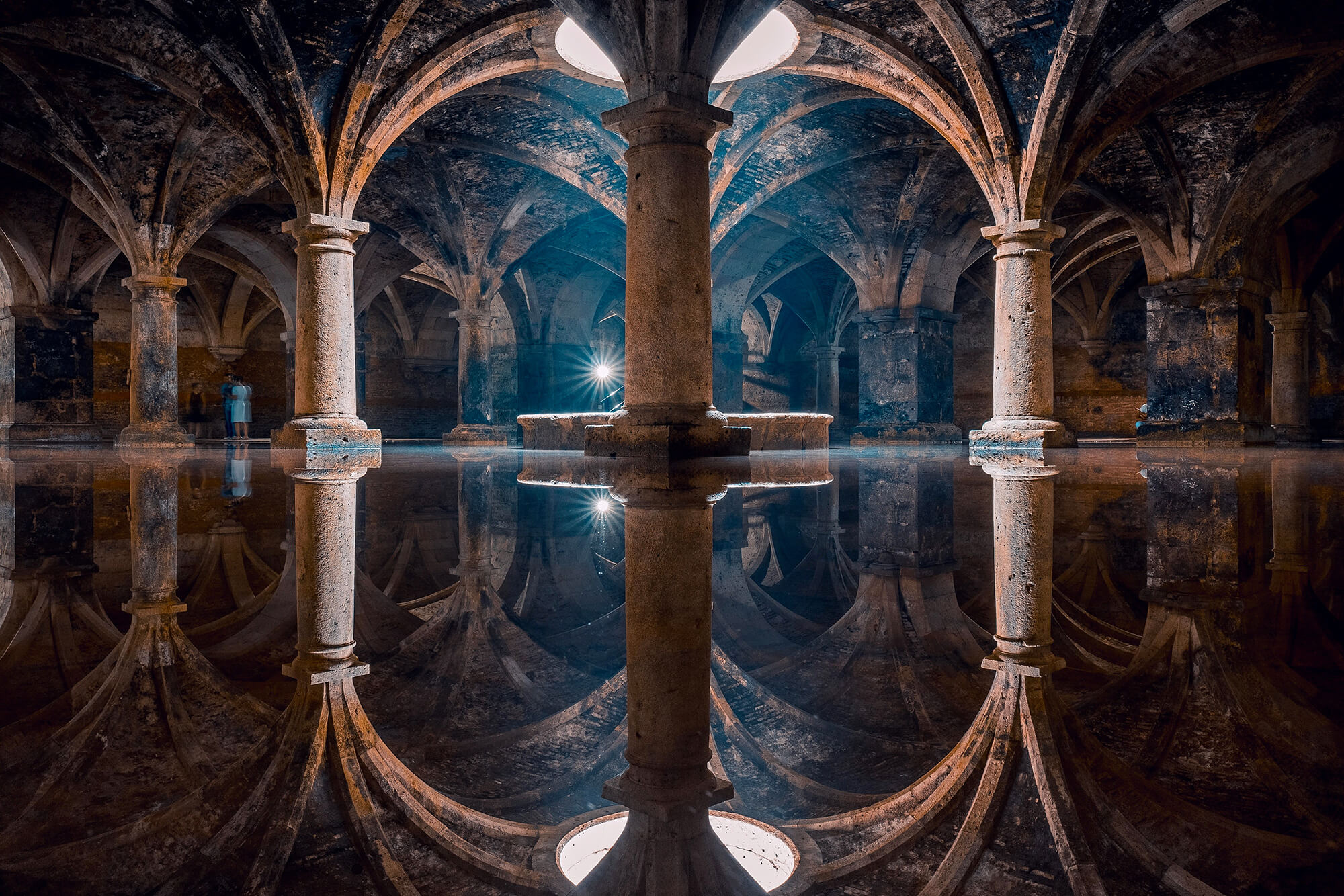
Stroll through the Marche Central d’ El Jadida to shop for fresh produce and meats or just to browse the local merchandise. Wander around the Port d’el Jadida to get a sense of what daily life is like here for many locals who rely on fishing as their livelihood. Early mornings are where the action is and you can see what’s been caught out on the water.
Another historical landmark to see is the Sidi Bouafi Lighthouse. Built in 1916 by German prisoners of war, this structure continues to function as a lighthouse even today. For the active and curious, you can hike up to the top by climbing its 248 steps and be rewarded with an incredible panoramic view of the vicinity.
These small towns will give you a unique glimpse into the culture of Morocco and possibly inspire you to discover more off-the-beaten-path places around this exotic country.
